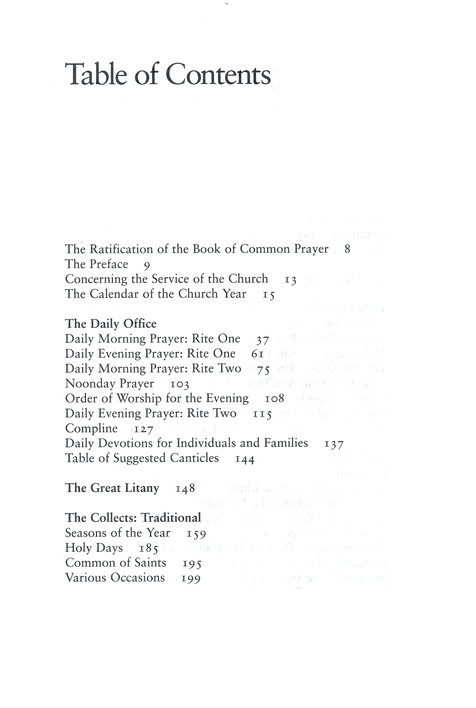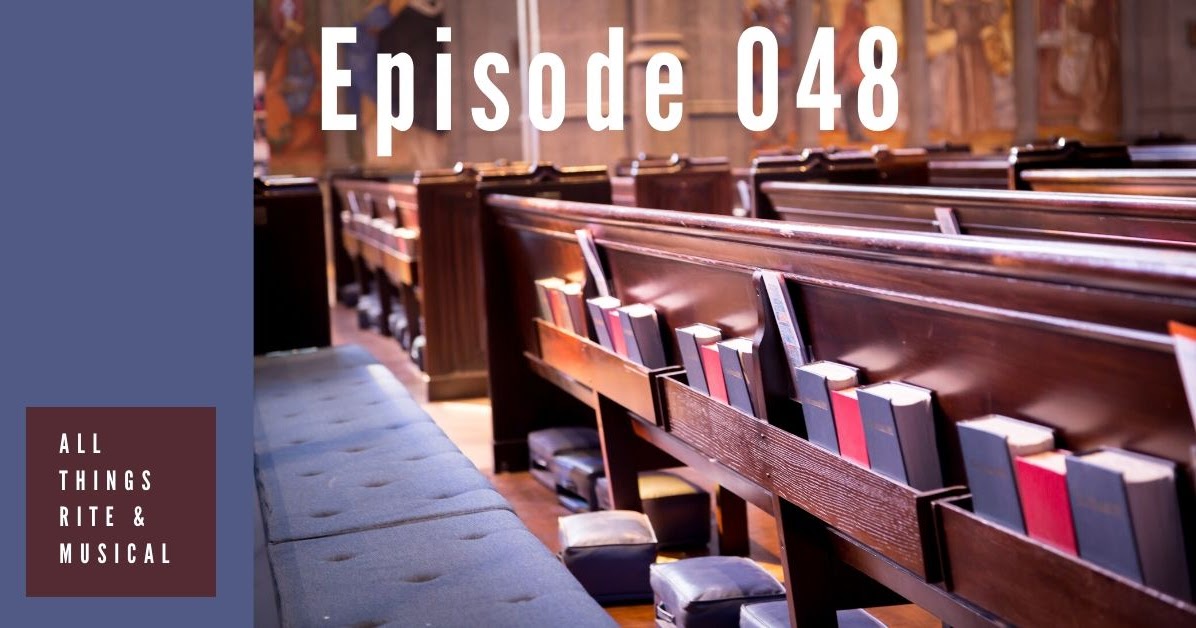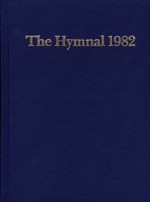Hymnal Plus - The Leading Worship Music Solution
Sep 09, 2015 The Hymnal, 1982 Publisher: Church Publish Inc, NY Number of hymns. 420 When in our music God is. 602 Jesu, Jesu, fill us with your love (Chereponi. The Hymnal 1982 Pew Edition, Blue. Jun/1985, 960 Pages, HARDCOVER, 6 x 8.5. Containing all hymns and service music. Click For a Book Preview. $24.95 Order Now. The Hymnal 1982, Service Music #391 Litany of Thanksgiving for a Church. Let us thank God whom we worship here. . The Hymnal 1982. The Hymnal 1982 Service Music. Wonder, Love and Praise. Lift Every Voice and Sing II. Enriching Our Music 1 & 2. Voices Found. My Heart Sings Out. Newly composed music. Lyrics-only and music and lyric versions. MP3 sound samples, melody and harmony Please note: CPI is a member OneLicense.net.
Whether you have trouble finding good, reliable organists (or other musicians), have no instrument or simply want good music available for outreach, the Hymnal Plus is the solution.

As well as churches, the Hymnal Plus is widely used by Schools and Colleges, Chaplaincies in the Armed Forces, Prisons and Hospitals, Retirement Homes, Retreat Centres, Christian Holiday Centres, Cruise Liners, Crematoriums and private individuals – all of whom find the Hymnal Plus provides their complete worship music needs.
As well as providing a complete worship music solution, the Hymnal Plus can also be used to fill in when the regular musician(s) can't make it. Use it for weddings, funerals and outreach. It's ready to play any time, anywhere.
Thousands of Tunes
The HT-400 Hymnal Plus takes music accompaniment for worship to a whole new level. Straight out of the box the HT-400 plays thousands of traditional hymns and modern worship songs, plus music for weddings and funerals. The standard UK repertoire includes over 2880 recordings, covering over 7300 hymn book entries.

Easy to Use
All the great features of the the HT-400 would be worth nothing if it couldn't be used by the average non-musical person. The HT-400's backlit LCD touch screen guides the user through the simple process of selecting a tune and then playing it. Whether changing the speed (tempo) and number of verses, adding an introduction, altering the pitch (key) - it's all laid out in the same clear, straightforward fashion.

Hear the Difference
The HT-400 utilises a unique high quality soundset, custom-voiced specifically for church use. Professional musicians have crafted the palette of over 200 sounds into 246 preset musical styles.
Tradition is a good thing. It is traditionalism that is bad. Tradition is the living faith of the dead; traditionalism is the dead faith of the living. Tradition lives in conversation with the past, while remembering where we are and when we are and that it is we who have to decide. —Jaroslav Pelikan
We are created to sing because it leads us joyfully to the great Singer and Creator of the heavens and the earth. Don’t ever allow yourself to think that we invented music and singing. We were designed and created to sing by God. Paul Tripp writes, “God is the ultimate musician. His music transforms your life. The notes of redemption can rearrange your heart and restore your life. His songs of forgiveness, grace, reconciliation, truth, hope, sovereignty, and love give you back your humanity and restore your identity in Him. Our singing should sound like Him, look like Him, and lead our hearts to Him.”
When the Psalmist sings, “I lift up my eyes to the hills, (asking) where does my help come from?”, his help does not come from those hills, but from He who made the hills. We do not worship the created art of singing, we worship Him who created the art. So don’t sing primarily because you love singing, or keep quiet because you do not. Sing because you love who made you, and formed you, and enables you to sing. – From SING! by Keith and Kristyn Getty
Note: See RECOMMENDED LINKS and HIGHLY RECOMMENDED BOOKS at the bottom of this web page. Also see “Seven Biblical Reasons Why Singing Matters” on the Priest & Church Musician Relationship Page.
Hello: Due to Covid 19 restrictions, will get back to adding to the weekly Worship Planner as soon as our Task Force members are back to working from their offices and/or back to regular worship in their churches. Thank you for you patience and understanding in these difficult times.
HIGHLY RECOMMENDED ARTICLES & VIDEOS:
An excerpt from the Music Ministry Philosophy main page, “An interview with the Music Task Force Chair: Mark K. Williams”.
What about music styles and effective choice and leadership of music for the congregation’s worship?
I have come to a place that the style of a piece of music is not so important. Musical expression of God’s love and grace through the Gospel is certainly larger than any singular style of song. To me then, what is important is that the choice of music have these quality traits: that it is singable by the congregation and was composed with this in mind (it is not a soloistic piece of music). That the melody of the song is well-crafted and, that there is a good marriage between the melody and the text. That the music, as much as possible, is in a key that the congregation can sing (no notes below the A below middle C and no notes above high D or E). That the music carries some level of high intrinsic value; that it has stood the test of time, however long. And that the choice of music fits the liturgical year or the theme for the day for worship. The primary goal here is that quality and appropriate music is chosen for the work of the people; music that the congregation can successfully participate in singing. Not that the congregation watches the leadership sing.
Also, I repeat new songs (hymns, spiritual songs, and Service Music) often to allow the congregation to become familiar enough with the music that they can eventually move from learning it to worshipping through it. If it’s a new hymn or praise song, we sing it three Sundays in a row so that the congregation can grow into it. We also know after three weeks whether a new song has taken or not. And most important, I strive very hard to have the leading of the song (whether through the choir’s leadership and/or the leadership of the song through a keyboard, or through the instruments or our Folk Group/Praise Team) to be in as authentic a manner as possible. And finally in all this, I work diligently to find a tempo that allows the music to dance and to be successful within the room acoustic it is being offered. “Singing tempos” in acoustically dry rooms will need to be different than in acoustically live ones.
So what do I mean by the phrase, “revealing the song in as authentic a manner as possible?” What I mean here is that if it is a chant then chant it, based on the rhythm of speech. If it is an Appalachian folk song, let it dance as one. If it is a spiritual, unlock the appropriate musical tempo and style of a spiritual and let it be that. Ask yourself, “who wrote this song and how would the people who wrote have sung it?” You can find much about how to properly “clothe” a song, an authentic expression of the song, through the asking of these key questions and through taking the time to explore the fine print at the top and bottom of the printed page of music. When was this music composed, what country does it come from, what is the meter of the song, and what is the origin of the text before you are all key questions in this journey?
This, my friends, can become a most gratifying trek. And when the journey is taken, you will discover that the notes on the page are waiting there to be unlocked. That when the right tempo and dance of the song are found and expressed, when the song is “properly clothed”, those words will actually begin to fly off the page and our work of worship through song will be the richer for it.
And finally, as the song leader, I would challenge you to dare to listen deep, to listen to the core, the “inner mantle” of the sound that is being made. And then from this to encourage and to lovingly coax the singers and instrumentalists toward a more authentic expression of that sound using modeling and analogy as highly effective tools in your tool box. I have come to develop a great love for the congregation’s singing, for truly they are a part of the great choir that joins with the eternal praise of those gathered around the throne of God.
RECOMMENDED LINKS:
S1
The Hymn Society A terrific resource for all kinds of congregational singing.
https://hymnary.org/hymnal/EH1982/ Hymnary.org includes the entire contents of The Hymnal 1982 including texts and high-quality scans of most hymns.
https://www.riteseries.org/song/Hymnal1982/display/title/1/ The Ritesong Online Music Library includes The Hymnal 1982 and its Service Music with a search engine, viewable scores, and recordings of all music in the hymnal.
https://wordwisehymns.com/this-blog/ Wordwise Hymns is a site dedicated to hymns – their history and their meaning.
https://us.ccli.com/CCLI provides information and resources for churches and copyright owners around the world, relating to copyrights of Christian worship songs
https://songselect.ccli.com/ SongSelect, a division of CCLI, is the fine source for worship song resources. Users can easily download transposable chord charts, melodic lead sheets, vocal harmony sheets, and lyrics-only sheets for over 100,000 Christian songs.
https://www.sheetmusicdirect.com/ From this website you can download thousand of songs in several formats as well as transpose songs in different keys.
https://store.gettymusic.com/us/songs/The official website of modern hymn-writers Keith & Kristyn Getty (known for “In Christ Alone”) with music resources, articles, videos, and more.
HIGHLY RECOMMENDED BOOKS:
Hymnal (us 1982)music For Your Church Services Near Me
SING!—Keith and Kristyn Getty (available on Amazon)
We can not more highly recommend a book on the history and nature of Christian singing to priests, music directors, choir members, and congregants than Sing! This powerful and deeply insightful book has grown out of Keith and Kristyn Getty’s passion for congregational singing. It has been formed by their traveling and playing and listening and discussing and learning and teaching all over the world. In writing it, the Getty’s have five key aims:
• to discoverwhy we sing and the overwhelming joy and holy privilege that comes with singing
• to considerhow singing impacts our hearts and minds and all of our lives
• to cultivatea culture of family singing in our daily home life
• to equip ourchurches for wholeheartedly singing to the Lord and one another as anexpression of unity
• to inspireus to see congregational singing as a radical witness to the world
Also included are discussion questions at the end of each chapter for the use of small groups and choirs.
Melodious Accord—Alice Parker (available on Amazon)

Singing is what liturgy sounds like and singing is what all of us can delight to do. Alice Parker has brought song to congregations that never knew they had it. As composer and arranger (her work with the Robert Shaw Chorale is known around the world), as conductor and as teacher, she is song’s champion to all of us who thought we had left the singing to the professionals. This book is the best effort to capture in print what she has to teach us about taking song from the page and the stage and amplifiers and putting it right where it belongs, on each and every tongue.
Best book on composing and arranging songs: 36 Song Arrangement Tips for the Small Recording Studio: Practical Arrangement Tips to Take Your Songs to the Next Level – Amos P. Clarke (available on Amazon)

[O Come, Let Us Sing Unto The Lord]
Finally, a user-friendly and well-written book on successfully composing and arranging song. Although the title communicates a focus on studio artists and producers, the book is entirely applicable to composers and arrangers of sacred song, both experienced and inexperienced. In my experience, far too many worship songs have been written without the proven fundamentals of good composition in play. Without the use of these time-proven essentials, many composed songs and arrangements wind up with complicated rhythms, are solo artist rather than congregation focused, and have melodies which wander or fall flat as they are not memorable melodies that take the singers, the worshippers, on a journey. That is a journey with God as the audience and a melody that illustrates and reveals the text with craftsmanship and profound simplicity for the worshippers. As you will see, worship songs with staying power, the ones with lasting intrinsic value, are the ones that employ many of the excellent essential principles communicated in Amos Clarke’s book.
36 Song Arrangement Tips for the Small Recording Studio: Practical Arrangement Tips to Take Your Songs to the Next Level is a must for any musician who wants to successfully compose a new or arrange an already composed song for a congregation, a worship band, or a church folk group. No doubt, inspiration from the Holy Spirit has undergirded many a successful sacred composition. At the same time, the Lord exhorts us to “play skillfully” and to “sing with the heart and with the mind also”. This book will significantly aid church musicians toward these ends.
Written in highly compact but powerful and easily accessible chapters of 2-3 pages in length, the book is filled with indispensable approaches to successful composition and arranging. We cannot more highly recommend Mr. Clarke’s book. If this topic is a need, a desire, and you want to improve your own ministry, get this book! You will not regret your purchase.
The Hymnal 1982: Basic Singer’s Edition Hardcover by Church Publishing (available on Amazon) This hymnal still remains in use for much ACNA liturgical worship in the U.S.
The Hymnal 1982: Accompaniment Edition (2 Volumes) Spiral-bound by Church Publishing (available on Amazon).
Hymnal (us, 1982)music For Your Church Services
The Hymnal 1940: of the Protestant Episcopal Church in the United States of America with Supplemental Liturgical Index and Collection of Service Music, Hardcover: 1961 Newest version of the Hymnal 1940. Used by many Reformed Episcopal Churches. (available on Amazon)
MORE TO COME!
